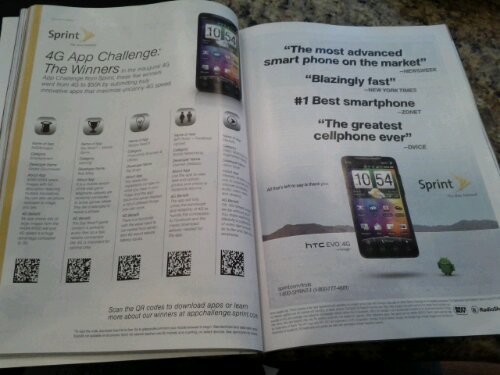I’m a multi device user. Currently I’m working with three active mobile devices… a Galaxy S4 (work), Galaxy note II (personal) and a Nexus 7. The Nexus re-awakened my desire for pure Android as it’s so clean and importantly so fast. I’m constantly moving between applications and while the flow of Android is pretty awesome, its accentuated within the more pure view.
Towards the end of last week I started actively considering the Google Play Edition S4 as the hardware is great and it’s clean. My S4 has been fine but I wanted something more like the N7. I’d rooted (motochopper) quite a while back so the opportunity to wipe out the AT&T piece of my experience was there but the main OS experience was still via TouchWiz but after some considerable N7 use it was time to change that as well. A quick google led me to the solution which of course is a GPe S4 ROM ready to roll onto my phone. I did fail once as the initial effort required second step following the flash which I failed to initiate rendering my unit in AT&T startup jail until I could reflash the original state back and try again. I’m noticing a dramatic performance increase without battery penalty. Mission accomplished.
While the S4 was in transition, my Note II submitted itself to a spontaneous reset. I honestly have no idea what happened but while I was in a meeting it looped twice and when I looked down was at the initial start screen waiting for me to sign in and get going. As frustrating as this was I took it as a chance to reconsider this phone as well. Given the somewhat older status of the Note II and the strong likelihood of a model rev this year getting a fresh Jelly Bean update from either Samsung or AT&T seemed low … Back to Google and this time I found a solution through Paranoid Android. While not pure in the Nexus sense PA offers a straight+ experience meaning like Cyanogenmod, there are some light enhancements rather than sweeping UX changes. Seemed like a good thing … Downloaded and flashed. Boom.
I’m now running a pretty parallel experience across the various form factors and it’s rather sweet. The pick up and go or even pick and continue opportunity is killer. As the powers within android collect, enabling sync through background operations I’m just where o want to be on whichever screen I choose.
While the similarities in ux seamlessness are parallel in iOS, sync is badly missing and while I’m in no way way seeking out iOS for any of my mobile needs the sameness is important. If you use multiple brands of devices or even multiple SKU’s within the same brand you can get a very different experience and I don’t think that’s a good thing. What manufacturers and even carriers have done is create the fragmentation everyone loves to talk about in regard to Android. While perhaps the historical delivery from Google was mediocre, the last few generations of Nexus products are not just strong but leading edge as well.
The vast majority of add-ons from Samsung, HTC, AT&T, Verizon are typically superfluous and only challenge the ability of developers, brands and importantly the user to maintain focus and currency within the system. This needs to end. Looking at the Paranoid Android example in comparison to what Samsung or HTC have done is a good place to start. Instead of forcing a new user experience on top of the core is, there are instead some slight tweaks mainly within the preferences to offer up adjustment. My use of the Note II is very similar to the other devices … Oh and PA even detects the S-Pen so there’s that. Apps that take full advantage of the pen can still be on board in a close-to-pure view.
At the beginning of the year I was thinking this might be the year we see developers go Android first. It looks like that’s more likely in 2014 at this point though I’d love to be surprised. One substantial way to capture that developer attention would be a stricter focus on areas where innovation and enhancement should occur. Marketing could and should be about the nuances in hardware design, form factor and not the crazy layers distracting from how we might just use our various devices. Adding unique apps doesn’t seem to hurt but when there are suddenly layers forcing a certain tinted view we’ve gone too far.
tapped and swiped on the N7 while on my commute







